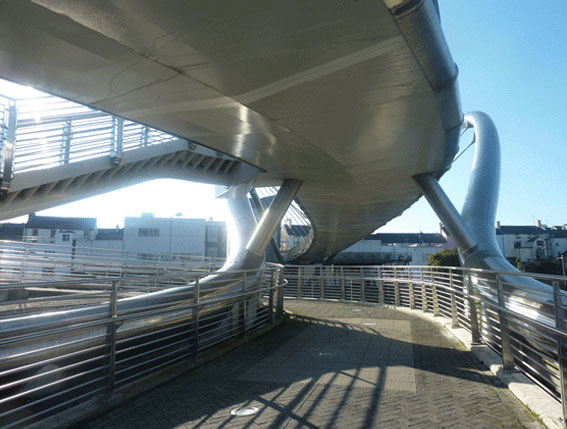Mesh morphing has proven to be a valuable tool in parametrizing numerical models to perform shape optimization.
It allows engineers to save time in generating new configurations for analysis because it does not require geometry modification and mesh re-generation.
However, engineers still have to estimate which shape modifications could improve component performance and then apply them to the baseline model before resolution. With automatic surface sculpting, the morphing action can be guided by the physics of the model that is being analyzed, allowing engineers to automatically identify the surface zones whose nodes should be moved inwards or outwards to achieve the optimization objective, saving on the time required to complete an optimization process.
Read the articleCASE STUDY
The text provides an in-depth account of Stefano Odorizzi’s journey in founding and growing EnginSoft, our engineering company specializing in computer simulation and modelling. Established in 1984, EnginSoft overcame early challenges, such as the high cost of computing, to emerge as a leader in simulation services, particularly in the fields of mechanical engineering and computational fluid dynamics (CFD). The narrative highlights several key milestones in the company’s history.
cfd metal-process-simulation industry4 news mechanics optimization

CASE STUDY
The footbridge is supported by two cable-stayed, stainless steel arches lying on inclined planes, supporting a steel deck with concrete infill.
civil-engineering ansys construction straus7